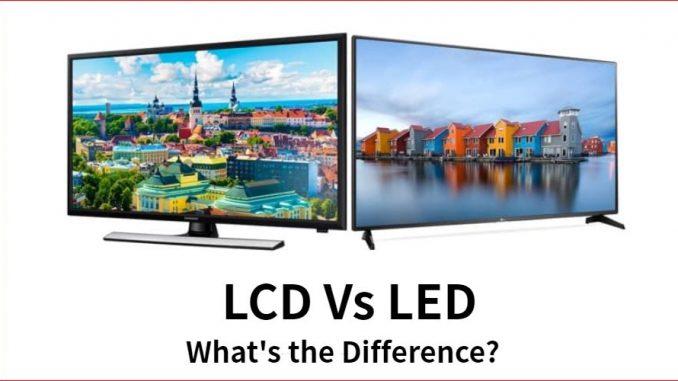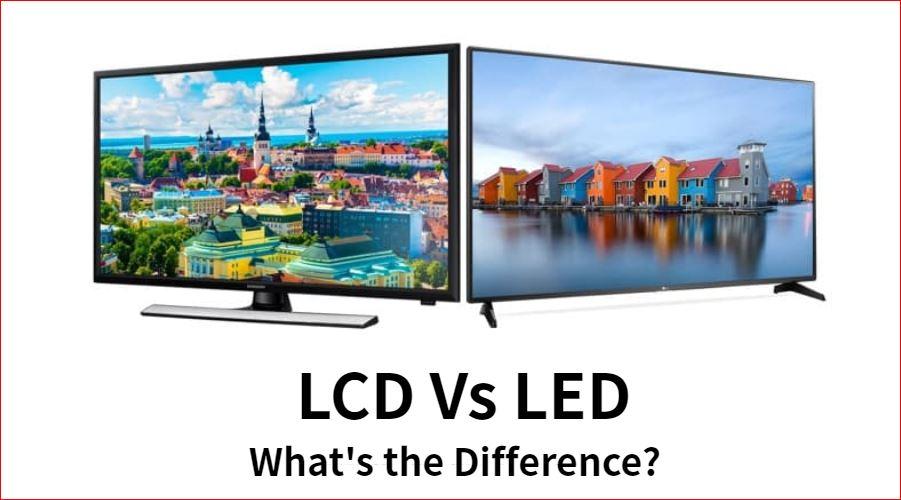
Led and LCD Monitor Technology: A Comprehensive Guide
Understanding the Basics of LED and LCD Monitor Technology
What is LED Technology?
LED, or Light Emitting Diode, is a cutting-edge technology used in modern monitors. Unlike traditional CRT (Cathode Ray Tube) monitors, LED monitors rely on tiny, energy-efficient diodes to emit light. These diodes work together to create vibrant and sharp visuals on the screen. LED technology offers several advantages over its predecessors, including:
- Energy Efficiency: LED monitors consume significantly less power than CRT monitors, making them environmentally friendly and cost-effective.
- Slim and Stylish Design: LED monitors are known for their sleek and slim profiles, adding a touch of modernity to any workspace.
- Enhanced Color Accuracy: LED monitors produce a wide range of colors with precision, delivering stunning visuals for gaming, graphic design, and multimedia.
LCD Monitor Technology
LCD, or Liquid Crystal Display, forms the foundation of most modern monitors, including LED variants. LCDs consist of liquid crystal molecules trapped between two layers of glass. When an electrical current passes through the crystals, they align to control the passage of light, creating the images you see on your screen. Key features of LCD technology include:
- Sharper Images: LCD technology offers higher resolution and sharpness, resulting in crisp and clear visuals.
- Reduced Glare: LCD monitors come with anti-glare coatings that minimize reflections, providing a comfortable viewing experience even in well-lit environments.
- Wide Viewing Angles: LCD monitors offer wider viewing angles compared to older display technologies, ensuring that everyone in the room enjoys a clear view.
Advancements in LED and LCD Technology
LED Backlighting
One of the significant advancements in monitor technology is the introduction of LED backlighting. LED monitors use LEDs to provide backlighting, which enhances brightness and contrast levels. There are two common types of LED backlighting:
- Edge-Lit LED: This technology places LEDs along the edges of the monitor, resulting in a thinner and more energy-efficient design.
- Full Array LED: In this setup, LEDs are positioned behind the entire screen, allowing for local dimming and improved contrast ratios.
OLED Monitors
Organic Light light-emitting diode (OLED) monitors represent the pinnacle of display technology. These monitors use organic compounds that emit light when an electric current is applied. OLED monitors offer unparalleled advantages:
- Infinite Contrast Ratio: Each pixel on an OLED screen can be turned on or off independently, resulting in true black levels and infinite contrast ratios.

- Ultra-Thin and Flexible: OLED displays can be incredibly thin and even flexible, paving the way for innovative form factors.
- Fast Response Times: OLED monitors deliver lightning-fast response times, making them ideal for gaming and fast-paced multimedia content.
Practical Applications
Gaming
For gamers, the choice between LED and LCD technology often comes down to personal preference. LED monitors are popular for their affordability and wide range of screen sizes, while OLED monitors offer superior contrast and response times, making them a top choice for competitive gaming.
Graphic Design and Multimedia
Professionals in graphic design and multimedia industries benefit from the color accuracy and high resolution of LCD monitors. LED monitors, especially those with full-array backlighting, also offer impressive color reproduction for these applications.
Office Productivity
In an office setting, LCD monitors with anti-glare coatings are preferred for reducing eye strain during long work hours. LED monitors, with their energy-efficient design, are an excellent choice for businesses looking to cut energy costs.
Conclusion
In the world of monitor technology, LED and LCD have transformed the way we interact with digital content. While LED monitors are celebrated for their energy efficiency and stylish designs, LCD monitors, with their sharpness and reduced glare, remain a practical choice for many applications. The emergence of OLED monitors takes display technology to new heights, offering stunning visuals and infinite contrast ratios.
As technology continues to evolve, the choice between LED and LCD monitors ultimately depends on your specific needs and preferences. Whichever you choose, rest assured that the world of display technology will continue to push boundaries and deliver innovative solutions for years to come.


Leave a Reply